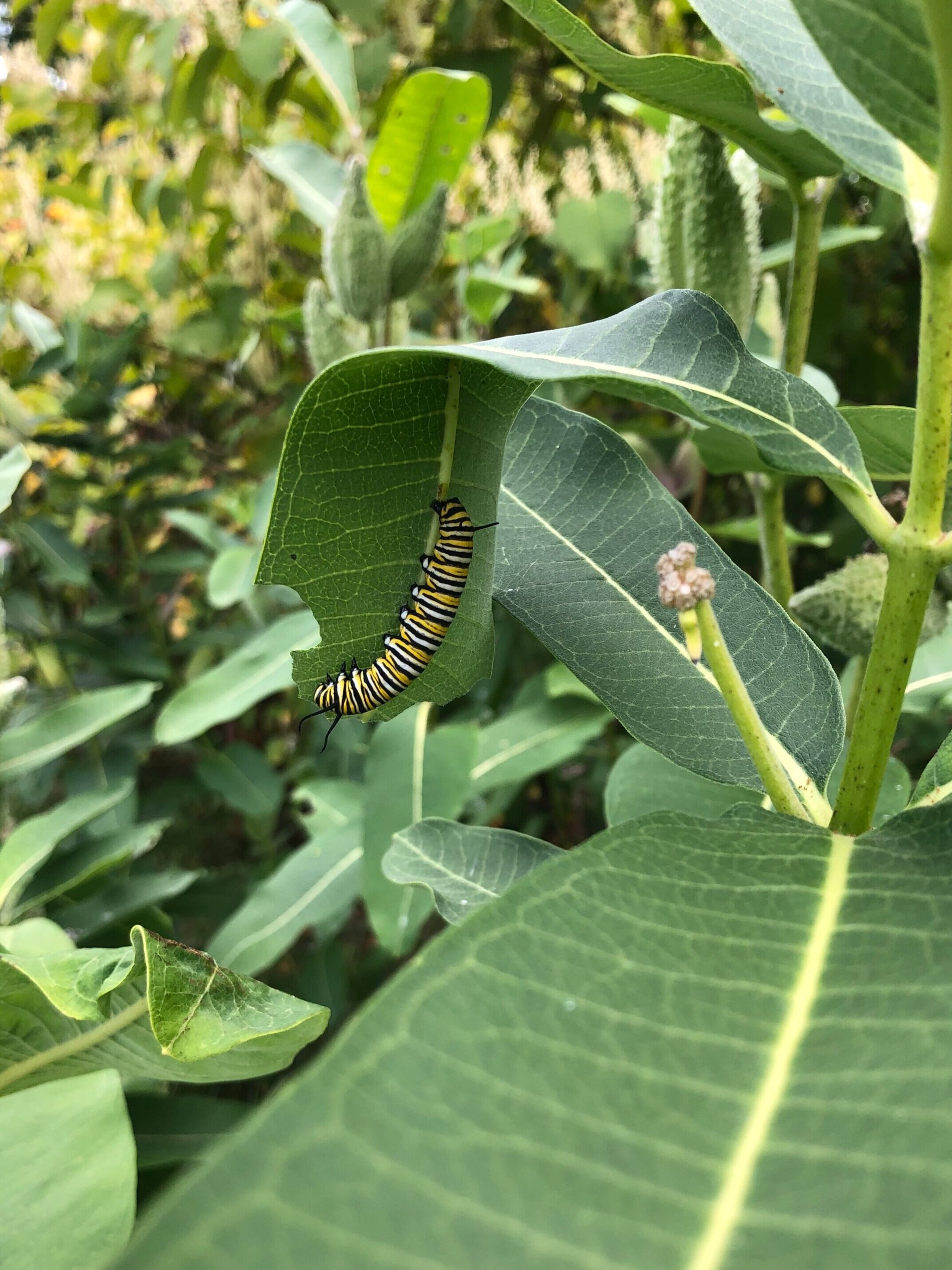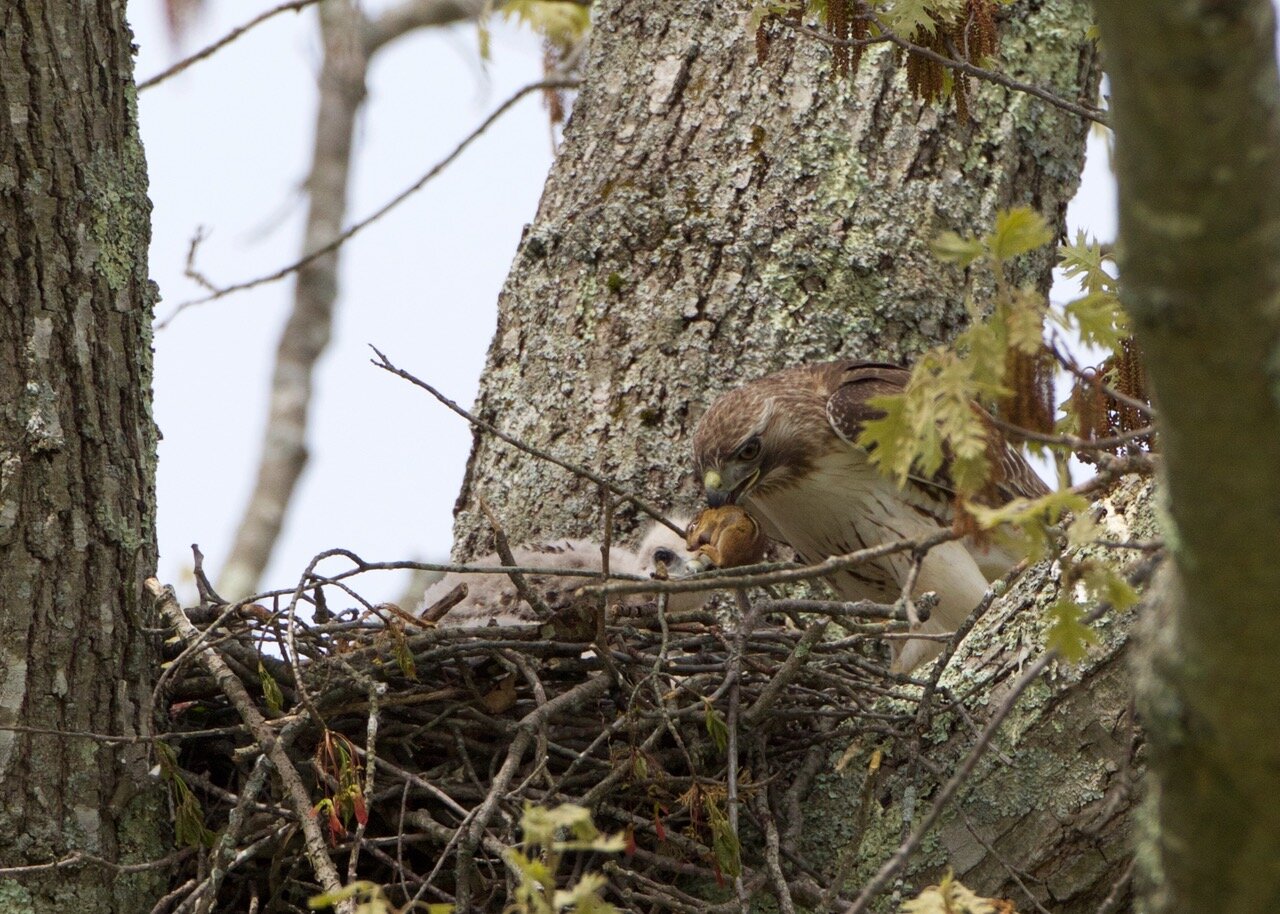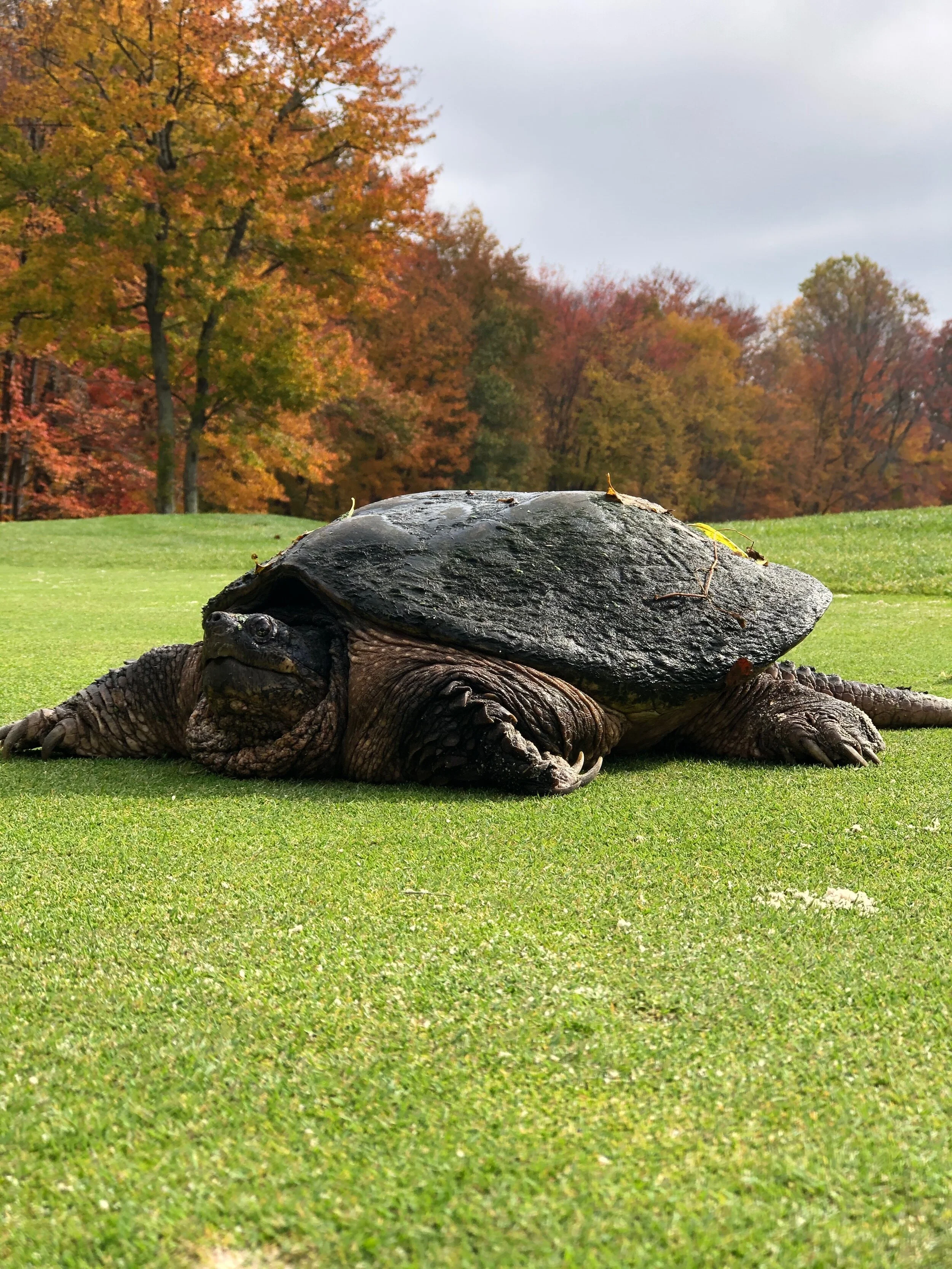3 - Pollinator Protection & Wildlife Habitats

Golf courses enrich communities through providing valuable habitats for pollinators and wildlife, especially in urban areas. In areas with sprawling urban developments and few trees, grassland, or wetland areas, this service is of critical importance.
Regulatory Considerations
Pollinator protection language is a label requirement found on pesticide labels and must be followed; it is the law! (insert picture of “The New EPA Bee Advisory Box)
Pesticide applicators must be aware of honeybee toxicity groups and be able to understand precautionary statements
Recordkeeping, as required by Connecticut law, should be maintained in order to refer to in the future and follow the best course of action with future applications if necessary, reference IPM BMPs section for additional information
Applicators of pesticides should be mindful of applications and their effects on the target and any others that may be compromised
Connecticut State law prohibits use of neonicotinoid pesticides on plants when plants are in bloom
Reference Connecticut Endangered, Threatened, and Special Concern Species by County:
https://portal.ct.gov/DEEP/Endangered-Species/Endangered-Species-Listings/Endangered-Threatened-and-Special-Concern-Species-listed-by-County
Connecticut golf courses provide greenspace and bluespace for habitats — including turfgrass, flowers, trees, native plants, streams, lakes, and ponds.
Pollinator protection
Most flowering plants need pollination to reproduce and grow fruit. While some plants are pollinated by wind, many require assistance from insects and other animals. In the absence of pollinators, many plants species, including the fruits and vegetables, would fail to survive.
The western honeybee (Apis mellifera), is an important pollinator in the United States and is maintained in commercial and residential beehives around the country. Other pollinators include butterflies, beetles, and flies. These guidelines provide ways to encourage pollinator habitats and help take precautionary steps to reduce potential impact, if any, on bee populations caused by pesticide usage.
Protecting bees and other pollinators is important for sustainable agriculture, including pollination of Connecticut fruits and vegetables like blueberries, strawberries, raspberries, apple trees, and alfalfa.
Pollinator Habitat Protection and Enhancement
Pollinators face many numerous challenges related to loss of natural habitat as suburban areas encroach into more rural settings. Minimizing these reductions can be mitigated by golf courses by providing or enhancing pollinator habitat in non-play areas of their property and being mindful when applying pesticides near non-play areas. Pollinators require a diverse variety of flowering species to complete their life cycle. It’s helpful to understand colors, odors, and variety of plants that encourage pollinators.
Best Management Practices
Follow label instructions when applying pesticides to avoid application when plants are in bloom.
Follow IPM BMPs.
Consider lures, baits, and pheromones as an alternative to pesticides for pest management.
Mow flowering plants before pesticide applications to remove blooms.
Consider manual removal of weeds or spot treatment in pollinator habitat areas.
Use the latest spray technologies such as drift-reduction nozzles to prevent off target application.
Apply during times of little or no wind in order for more accurate placement of pesticide.
Avoid applications during low temperatures and when dew is forecasted.
Plant flowers with varying characteristics like color, shapes, sizes, flowering times, and growth habits.
Mow natural areas 1x per year late in season when plants are going dormant in order to control growth of woody ornamentals and other undesirable plants to minimize effects on pollinators.
Apply pesticides at times when pollinators are least active during the early morning or late evening hours.
Limit use of granular pesticides that can be mistaken for pollen.
Pollinator Related Outreach
In addition to procedures used on the property, several steps may be taken to protect pollinators by increasing communication with the community:
Join a local beekeeper association to become connected with local education events and mentoring opportunities.
Consider setting up hives within a natural area of the golf course that can be maintained by an interested staff member or person within the community.
Check with local state or agricultural and natural resource agencies to obtain a list of beekeepers within a 3-mile radius of the golf course. Contact these beekeepers about pending applications in order to allow them to take any precautions they feel necessary to protect the hives.
Attend workshops and online seminars to learn more about pollinators and steps to protect them.
Use social media and local news outlets to educate golfers and the general public on steps taken to minimize effects on pollinators.
Invite local schools, garden clubs, master gardeners, etc. to visit the facility to demonstrate the steps taken to protect pollinators.
WILDLIFE HABITATS
In Connecticut, about 600 species of plants and animals are listed as endangered, threatened, or special concern. Loss of habitat is the primary reason for a species becoming endangered. More than 50 birds on the overall state list have declined due to loss of habitat. According to the U.S. Fish & Wildlife Service, Connecticut is home to endangered or threatened communities that include the bog turtle, Piping Plover, red knot, Indiana bat, and New England cottontail.
References for additional information:
https://portal.ct.gov/DEEP/Wildlife/Learn-About-Wildlife/Wildlife-Slideshows
Best Management Practices
Develop relations with the DEEP wildlife division and local fish and wildlife service organizations
Understand whether the property is an existing or potential habitat for endangered species
Develop a management plan and objectives
Retain existing vegetation when possible and plant native vegetation
Use “xeriscape” landscaping and native drought tolerant plants where feasible
Educate staff, members/guests, and community
Use social media and local news outlets to educate golfers and the general public on steps taken to promote wildlife habitats
Invite local schools, garden clubs, master gardeners, etc. to visit the facility to demonstrate the steps taken to promote habitats
Participate in bird counts or bird-watching tours for guests
Connecticut golf courses host an abundance of wildlife species. It’s not uncommon in Connecticut to see deer, coyotes, bobcats, foxes, owls, or hawks enjoying the golf course surroundings. Ponds, lakes, and streams are also home to many species of fish, frogs, and turtles; in addition to providing habitat for waterfowl. Forested buffers along golf course streams and wetland areas provide sanctuaries for birds and other wildlife, while protecting water quality. When riparian buffers connect isolated blocks of habitat, they also serve as important travel corridors for species that may not cross large open areas. Natural vegetation should be retained and enhanced through supplemental planting of native trees, shrubs, and grasses in non-play areas. Avoid exotic species, particularly invasive plants, or plants that are not well adapted to the local environment. Natural cover around a course also serves as a buffer to reduce urban traffic noise.
Reference additional Connecticut wildlife habitat information:
https://portal.ct.gov/DEEP/Wildlife/Learn-About-Wildlife/Wildlife-Fact-Sheets#mammals
Reference Audubon International wildlife habitat and conservation BMPs:
Reference Surface Water Management and Water Quality Monitoring and Management for additional information about protecting water quality for wildlife and aquatic habitats.
Golf courses provide habitats for birds including designated wetlands, lakes, streams, ponds, plus grasslands, trees, and native areas, in addition to protection of migratory corridors.














